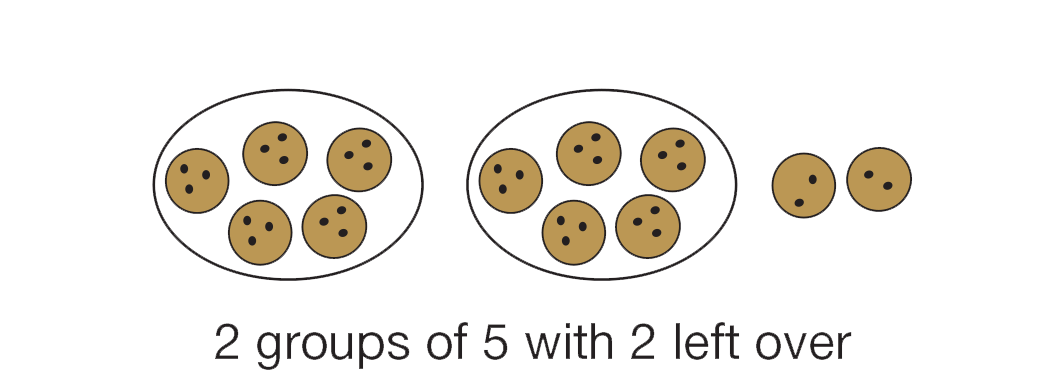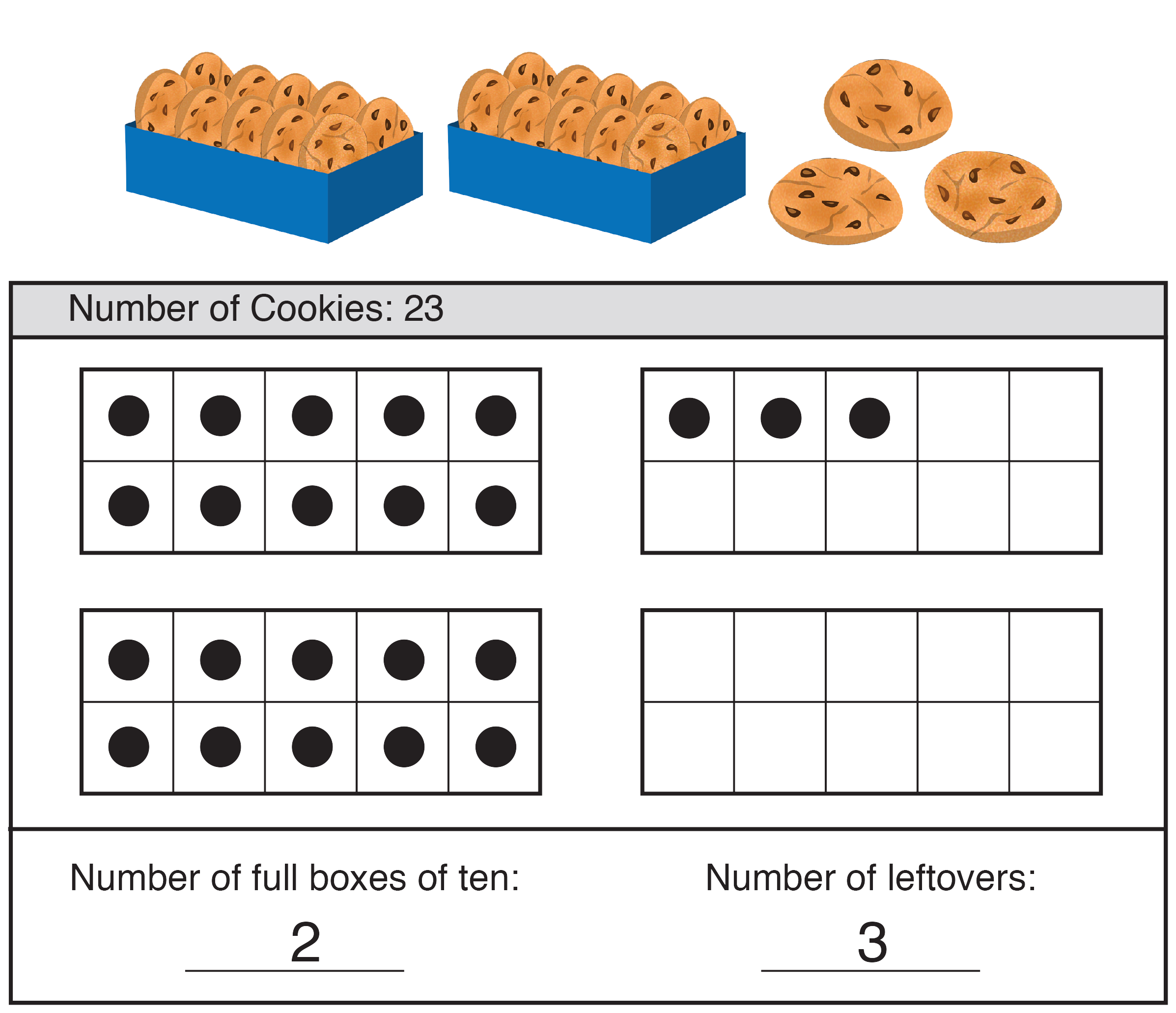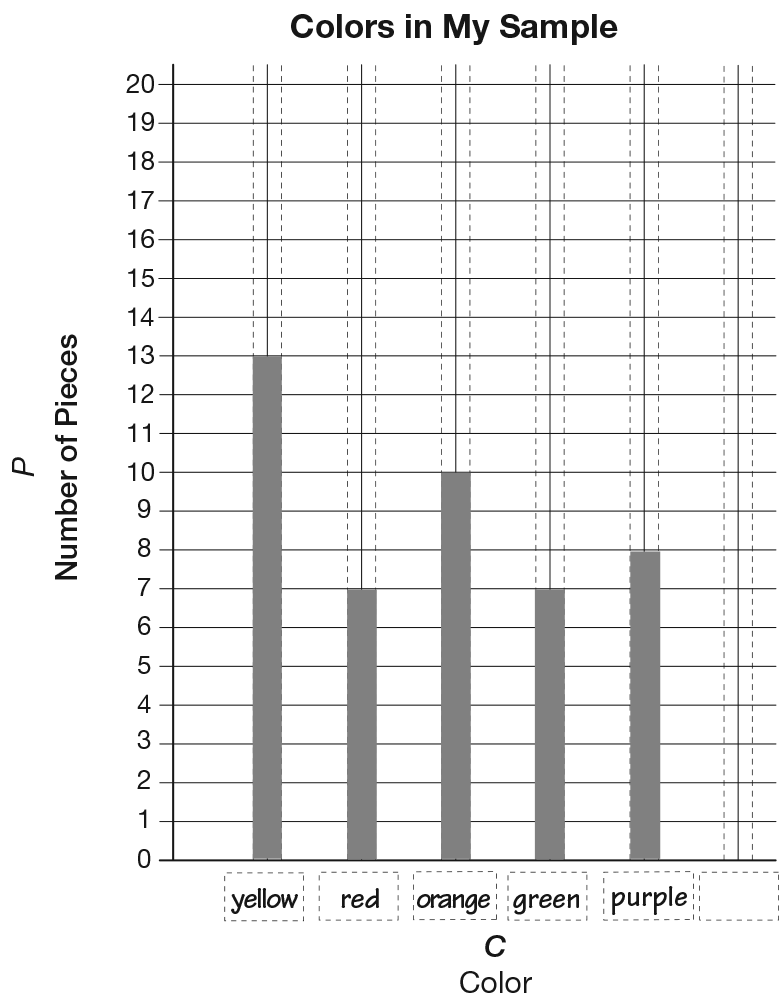Grouping and Counting
Developing Number Sence
In this unit, students group and count objects. They skip count by twos, fives, and tens. This experience strengthens students’ number sense so they can use a range of numbers in future units to explore measurement, place value concepts, addition, subtraction, and computation. … read more
Developing Number Sence
In this unit, students group and count objects. They skip count by twos, fives, and tens. This experience strengthens students’ number sense so they can use a range of numbers in future units to explore measurement, place value concepts, addition, subtraction, and computation.
Students count by twos by counting hands, arms, and other objects that are naturally grouped by twos. Counting by fives occurs in the context of counting fingers on one hand, grouping pennies by fives, and substituting a nickel for every group of five pennies. After grouping pennies by fives, students count on to then find the value of a set of coins. See Figure 1. Counting by tens is motivated by counting fingers on both hands and grouping objects in tens with ten frames.

Figure 1: Counting 13 pennies by skip counting by fives and counting on
Students will also describe and name numbers in terms of groups. It is important for students to think about groups of numbers. Work with 12, for example, includes far more than the fact that it is twelve ones or the number that comes after eleven. Twelve is also two 6s, three 4s, and two 5s with 2 left over. See Figure 2.

Figure 2: 2 groups of 5 with 2 left over
Finding the number of a collection of objects by grouping and counting by tens and counting leftovers is an early step in students' development of number sense for the value of two-digit numbers.
In Lessons 3 and 5, students group and count objects by ten to develop their ideas of “ten-ness.” They group and count objects in various contexts such as number of fingers, money, packing cookies in boxes of ten, and counting the colors of cereal pieces in a box. See Figure 3. Students use different representations to group and count objects by ten, including number lines, ten frames, and graphs. All the activities contribute to students' notions of the size of numbers and the usefulness of thinking in tens. Making connections among the representations will strengthen students' understanding of these important ideas.

Figure 3: Partitioning a collection of objects into groups of tens and leftovers (ones)













